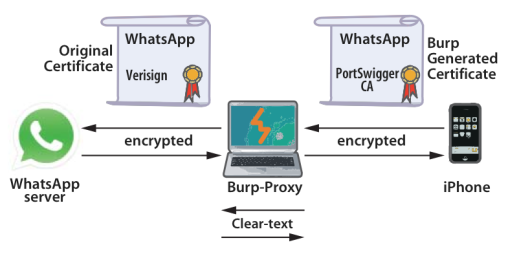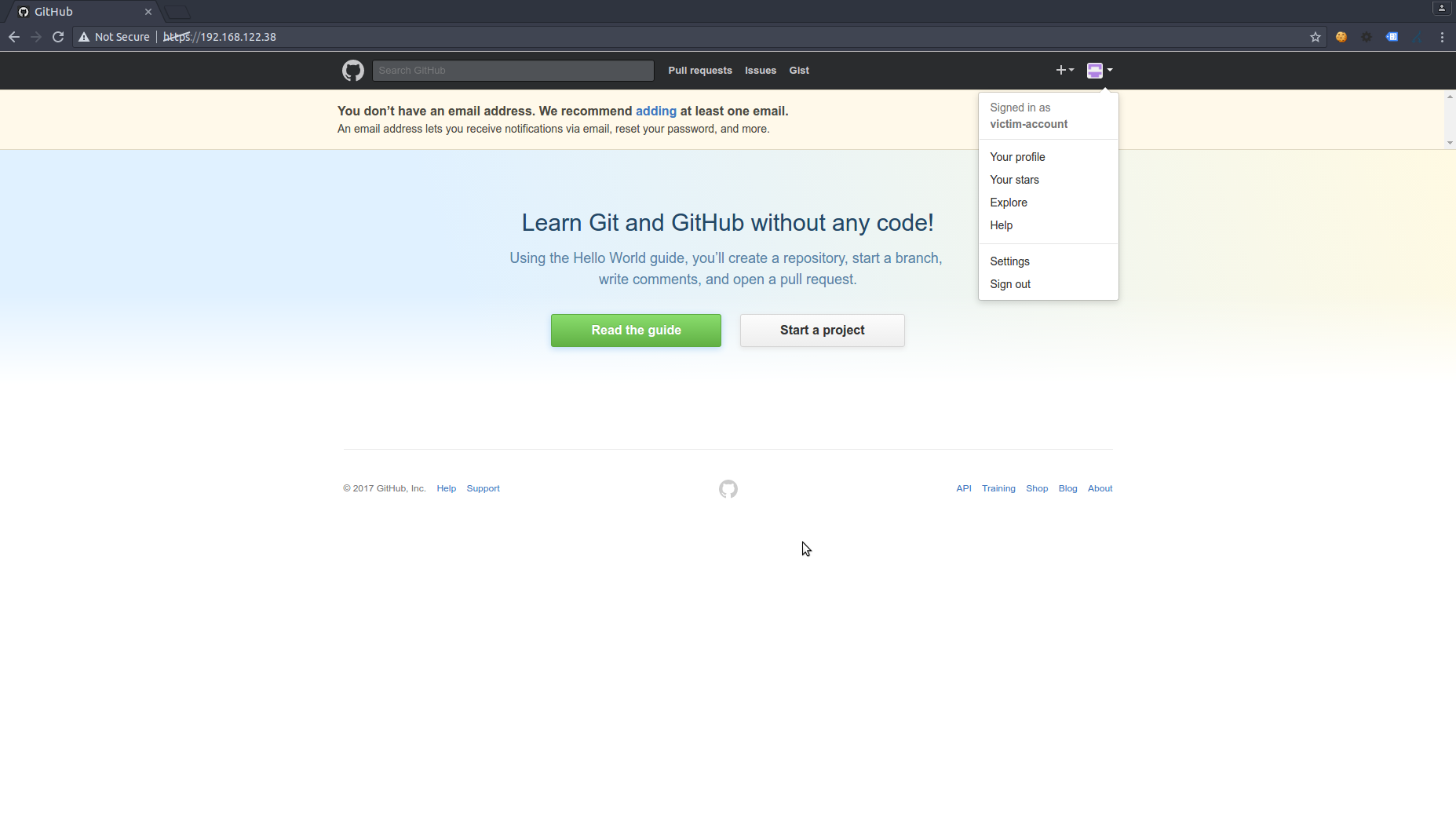

- Burp suite configure proxy how to#
- Burp suite configure proxy install#
- Burp suite configure proxy manual#
Testing for blind XXE injection vulnerabilities.Testing for XXE injection vulnerabilities.Exploiting OS command injection vulnerabilities to exfiltrate data.Testing for asynchronous OS command injection vulnerabilities.Testing for OS command injection vulnerabilities.

Burp suite configure proxy how to#
In addition, you need to make further configuration changes in order to proxy HTTPS traffic from a Chrome browser that's at version 99 or above.įor further information on how to perform these steps, you can refer to the following external links. This step is complicated and it varies across devices and versions of Android.
Burp suite configure proxy install#
In order to interact with HTTPS traffic, you need to install a CA certificate from Burp Suite Professional on your Android device. Step 3: Install a CA certificate on your Android device Set Proxy port to the port value that you configured for the Burp Proxy listener, in this example 8082. Set Proxy hostname to the IP of the computer running Burp Suite Professional. Select Internet and long-press the name of your Wi-Fi network.įrom the Advanced options menu, select Proxy > Manual.

In your Android device, go to Settings > Network & internet.

Make sure that your Android device is disconnected from the Wi-Fi network before you attempt to configure the proxy settings: Step 2: Configure your device to use the proxy Configuring an Android device to work with Burp Suite Professional.Managing application logins using the configuration library.Submitting extensions to the BApp Store.Spoofing your IP address using Burp Proxy match and replace.Testing for reflected XSS using Burp Repeater.Viewing requests sent by Burp extensions using Logger.Resending individual requests with Burp Repeater.Intercepting HTTP requests and responses.Viewing requests sent by Burp extensions.
Burp suite configure proxy manual#


 0 kommentar(er)
0 kommentar(er)
